If you’ve ever walked down a street and noticed that the sidewalk is elevated in some spots, you can blame tree roots. Tree roots often lift sidewalks because they grow rapidly and seek water. Luckily, there are ways to fix a lifted sidewalk without completely replacing it. This article will show you how to fix sidewalks lifted by tree roots. Keep reading to learn more.
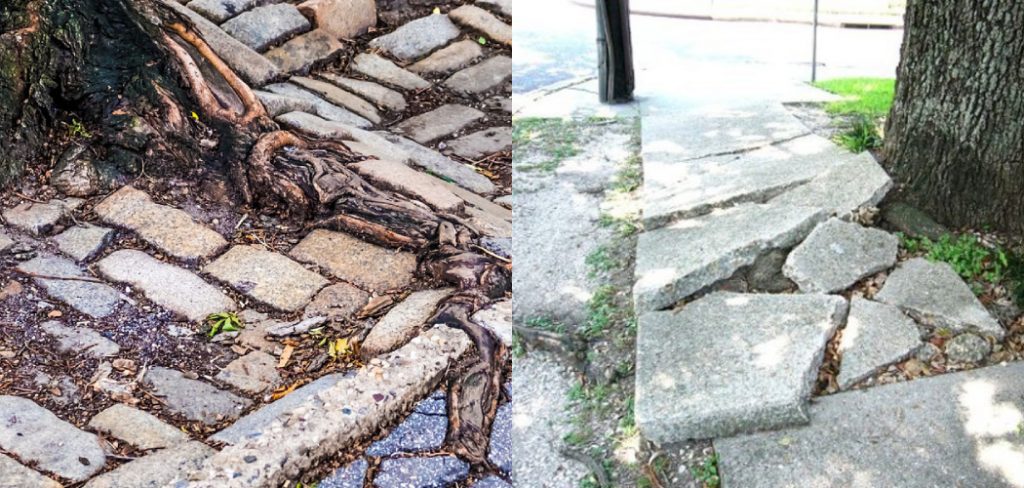
Summary: Repairing a sidewalk that has been lifted by tree roots requires a few simple steps. First, remove any loose debris or vegetation from the area around the affected area. Next, use a shovel to dig around and underneath the root. Once the root is exposed, it can be cut and removed before filling in the gap with soil and new concrete or asphalt. Finally, re-level the area and smooth out any bumps or irregularities for a safe walking surface.
What Causes Tree Roots to Lift Sidewalks?
There are a few reasons why tree roots might lift sidewalks. First, as trees grow, their roots spread out and grow along with the tree. This can cause roots to lift sidewalks as they seek water and nutrients. Additionally, trees need oxygen to survive, and their roots will grow towards the surface of the soil to get it. This can also cause sidewalks to be lifted.
Another reason tree roots might lift sidewalks is because of changes in the environment. For example, if there is a severe drought, trees will search for water wherever they can find it. As a result, their roots might grow towards underground pipes or other water sources. If these pipes leak, the tree roots will absorb the water and grow larger. This can cause sidewalks to be lifted. Flooding is another environmental change that can cause tree roots to lift sidewalks.
When it rains heavily, the ground becomes saturated with water. This can cause tree roots to float up and lift sidewalks. Lastly, tree roots might lift sidewalks if the soil around the tree is loosened. This can happen if the tree is uprooted or if construction work is done near the tree.
Why Do You Need to Fix a Lifted Sidewalk?
There are a few reasons why you might need to fix a lifted sidewalk. First, a lifted sidewalk can be a trip hazard. If someone trips on a lifted sidewalk, they could fall and hurt themselves. Additionally, a lifted sidewalk can damage the roots of the tree. If the roots are damaged, the tree might not be able to get the water and nutrients it needs to survive.
Additionally, a lifted sidewalk can damage nearby property. For example, the tires could pop if a car drives over a lifted sidewalk. Another reason you might need to fix a lifted sidewalk is that it can be unsightly. A lifted sidewalk can make your property look unkempt and can lower your property value. Finally, a lifted sidewalk can be a liability. You could be held liable if someone is injured on a lifted sidewalk. This is why it’s important to fix sidewalks that are lifted by tree roots.
Some Simple Ways How to Fix Sidewalks Lifted by Tree Roots
1. Grind the Roots
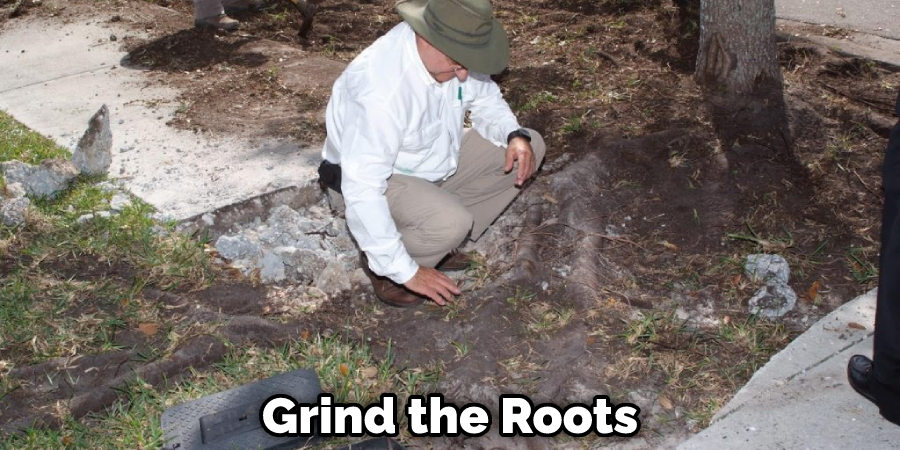
One way to fix a lifted sidewalk is to grind the roots. This involves using a root grinder to grind down the roots that are causing the sidewalk to be lifted. This is a good option if the roots are small and only a few are. To do this, you’ll need to rent a root grinder. First, mark the area where the roots are. Then, start the root grinder and grind down the roots. Finally, fill in the area with concrete or asphalt. If you’re not sure how to do this, you can hire a professional to do it for you.
2. Use a Root Barrier
Another way to fix a lifted sidewalk is to use a root barrier. A root barrier is a physical barrier that prevents tree roots from growing toward the sidewalk. Root barriers are typically made of plastic or metal and are buried around the tree. This is a good option if you have a lot of trees or if the roots are large. You’ll need to dig a trench around the tree to install a root barrier.
First, mark the area where you’ll be digging with spray paint. Then, use a shovel to dig a trench that’s about 12 inches deep and 2 feet wide. Next, install the root barrier in the trench and backfill the trench with soil—finally, water the area to help the roots take hold.
3. Fill in the Gaps with Soil
Another way to fix a lifted sidewalk is to fill in the gaps with soil. This is a good option if the roots are small and the sidewalk is only slightly lifted. You’ll need to dig out the area around the roots and then fill it in with soil. Use a trowel to compact the soil and then water it well. First, use a shovel to remove any loose dirt or debris around the roots. Next, fill the area with soil, using a trowel to compact it as you go. Finally, water the area well. This method is a temporary fix and will need to be repeated as the roots continue to grow.
4. Cut the Roots
Another way to fix a lifted sidewalk is to cut the roots. This is a good option if the roots are small and not too thick. You can use a saw or an ax to cut the roots. Be sure to wear gloves and safety glasses when doing this. First, mark the area where you will cut. Then, cut through the root. Finally, use a chisel to break up the root. You may need to make several cuts to remove the root completely.
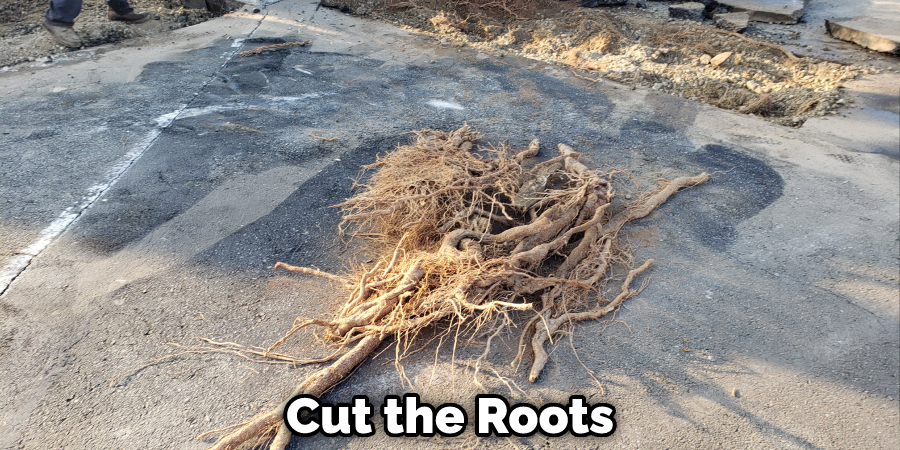
5. Use Concrete
Concrete is a good option for fixing a lifted sidewalk. You’ll need to dig out the area around the roots and then fill it in with concrete. You can either use premixed concrete or mix your own. If you’re mixing your own, use one part cement to three parts sand. Add water until the mixture is the consistency of peanut butter. Once the concrete has been added, use a trowel to smooth it out. Give it a few days to set, and then you’re good to go!
6. Use Asphalt
Another option for fixing a lifted sidewalk is to use asphalt. Asphalt is a black, sticky substance often used to pave roads and driveways. It’s also a good choice for repairing sidewalks because it’s strong and durable. To use asphalt to fix a lifted sidewalk and clean out any debris from the crack. Then, use a putty knife to fill the crack with asphalt.
Use a hammer to tap the asphalt into place. Finally, use a trowel to smooth out the surface. An asphalt is a good option for repairing sidewalks because it’s strong and durable. However, it can be difficult to work with, and it doesn’t always look great.
7. Use a Patch
If the lifted sidewalk is small, you can use a patch to repair it. Many types of patches are available, so be sure to choose one designed for repairing sidewalks. To apply the patch, first clean the area around the lift. Then, apply the patch according to the manufacturer’s instructions. You can trim the patch with a utility knife if it is too big.
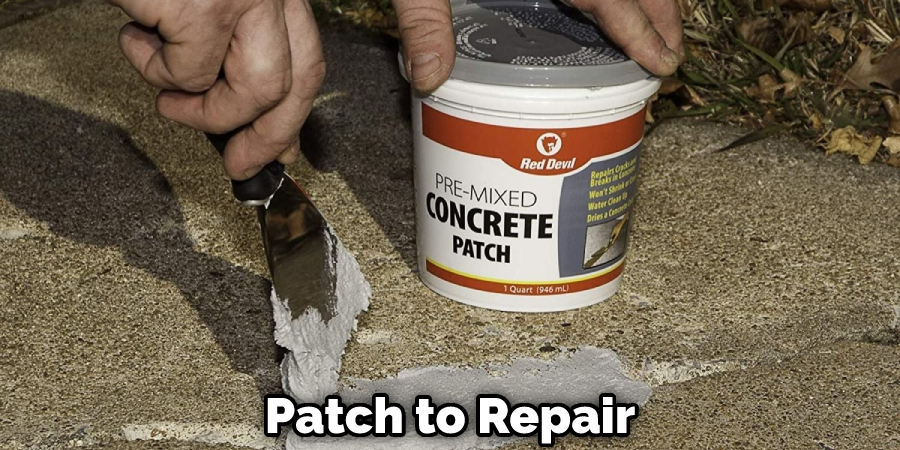
8. Jack Up the Sidewalk
If the lifted sidewalk is large, you may need to jack it up and then pour concrete underneath. This is a more difficult repair, first, because you need to be able to support the weight of the sidewalk safely. Second, you’ll need to make sure that the concrete adheres properly to the old sidewalk.
If not done correctly, this repair can cause more damage. Jacking up the sidewalk is a two-person job. One person needs to operate the jack while the other person guides it. Be sure to use a level when jacking up the sidewalk so that it’s even on all sides. Once the sidewalk is jacked up, you can begin to pour the concrete.
You Can Check It Out To Fix O-cedar Mop Handle
How Much Does It Cost to Fix a Sidewalk Lifted by Tree Roots?
The cost of fixing a sidewalk lifted by tree roots can vary depending on the severity of the damage and the repair method used. For small repairs, you may be able to get by with a patch or some concrete. These repairs typically cost between $50 and $100. However, you may need to jack up the sidewalk and pour concrete underneath for more extensive damage. This type of repair can cost between $200 and $500.
Tips and Warnings on How to Fix Sidewalks Lifted by Tree Roots
Tips:
- Be sure to wear gloves when handling the concrete mix.
- Use a trowel or hoe to apply the mixture evenly.
- It is essential to work quickly since the concrete will start to set in about 30 minutes.
Warning:
- Do not stand on the wet concrete since it can be slippery.
- Avoid getting the concrete mixture on your clothing since removing it can be difficult.
- If you are allergic to concrete, wear a mask to avoid breathing in the dust.
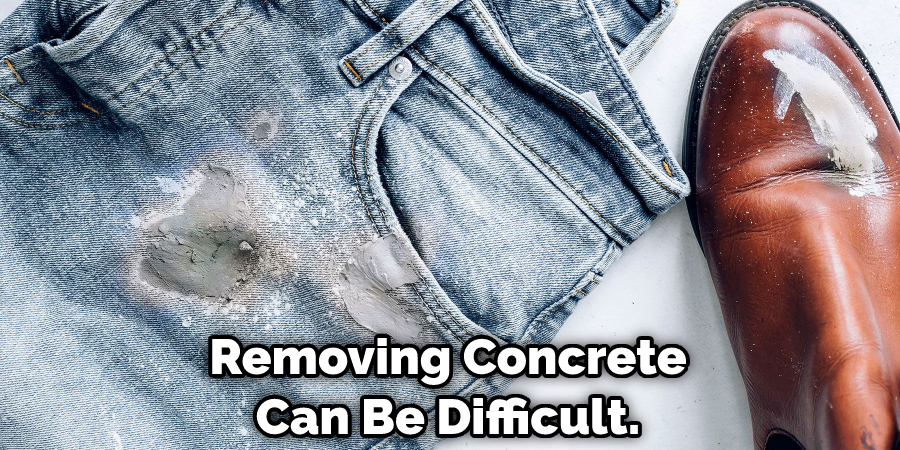
Frequently Asked Questions
Can You Pour Concrete Around Tree Roots?
Yes, you can pour concrete around tree roots. After all, concrete is a durable and waterproof material that can be used to create barriers or foundations around trees and other plants. The key is to use a flexible membrane that will allow the concrete to flow smoothly around the roots without causing damage. Additionally, make sure to seal any openings in the foundation with wire mesh or paving stones so water doesn’t get inside and cause further damage.
Can You Raise Concrete by Yourself?
Most people don’t think of concrete as an individual who can be raised by themselves, but this is actually a fairly common task. Concrete is made up of cement and aggregate (sand, gravel, and crushed stones), so all you need to do is mix the two together in order to form the desired shape.
The best way to mix concrete is with a rotary vane pump – this type of power tool has impellers that spin at high speeds while submerged in water or liquid asphalt. This ensures that the ingredients are mixed evenly and quickly so that your concrete doesn’t shrink or crack during its drying process.
Once you have mixed the mixture together, it’s important to pour it into molds using a yard machine or shovel before allowing it to dry for 24-48 hours. Once dry, paint or seal your creation if desired (this will help prevent moisture from seeping into cracks). Congratulations – You just raised some concrete!
Can You Put Pavers Over Tree Roots?
Unfortunately, you may need to remove the pavers if there are tree roots growing underneath them. Tree roots will start to grow through the pavers, breaking them down and causing water and soil to seep in. This will eventually cause damage to the Pavers, the Flooring, and even the Tree itself.
Can Tree Roots Damage Concrete Slab?
Yes, tree roots can damage concrete slabs. This is usually due to poor soil conditions or inappropriate watering habits that encourage root growth in the slab area. When this happens, the roots grow through the concrete and into the underlying soil, displacing minerals and water that are essential for its stability. As a result, the concrete eventually cracks, and Subterranean termites (a type of wood-eating insect) start infesting the area.
Conclusion
So there you have it! These are some tips on how to fix sidewalks lifted by tree roots. Be sure to follow the instructions carefully and take all the necessary precautions. With a little effort, you should be able to fix the problem and have a safe sidewalk again in no time. We hope you found this article helpful. Thanks for reading!
You May Also read: How to Fix a Bowing Retaining Wall
